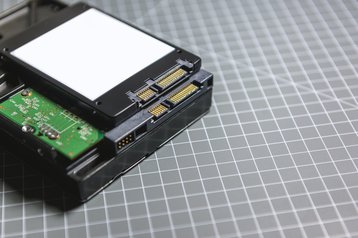Almost 90 percent of organizations have deployed some form of flash-based storage in their data centers and 19 percent are already using or are planning to use all-flash arrays as their primary storage resource, according to a survey by 451 Research.
The results suggest that many businesses are prepared to pay a premium for faster performance – although 51 percent still cite the cost of all-flash arrays as the greatest barrier to adoption.
“While all-Flash approaches have gained substantial momentum in recent years and will continue to grow in popularity, it’s also clear that many prospective buyers still view these solutions as cost-prohibitive,” said Simon Robinson, research vice president at 451 and research director of the Voice of the Enterprise: Storage service.
“We expect these barriers to erode over time, but most enterprise decision-makers will continue to use a blend of Flash and HDD-based storage technologies for the foreseeable future.”
It begins
Solid state drives (SSDs) are much faster than hard drives and consumes less power. They produce no heat, noise or vibration, making them perfect for high-density server deployments. At the same time, SSDs often have lower endurance and higher cost – although prices for flash memory have come down by a factor of ten between 2008 and 2016.
451 Research surveyed more than 1,000 IT professionals worldwide and found that the most common method for deploying data center flash is as a tier in a hybrid SAN array that combines SSDs and HDDs - more than half of organizations have taken this approach.
27 percent of respondents have gone further and deployed all-flash arrays, with another 28 percent are planning to deploy all-flash infrastructure within the next two years. The top use cases for all-flash deployments are currently databases and virtual desktop infrastructure, but analytics is expected to rapidly increase in importance.
Perhaps the most surprising finding of the survey is the fact that 19 percent of respondents have either already switched to flash as their primary storage medium, or are planning to do so within the next two years.
Majority of respondents said they were using data reduction techniques like compression and deduplication to stretch their flash storage further. These can have a negative effect on performance, but 59 percent said they gained between 2x and 5x space savings from using these technologies.

